Home>Gardening & Outdoor>Landscaping Ideas>What Are The Yellow Flowers Called That Grow In Grass
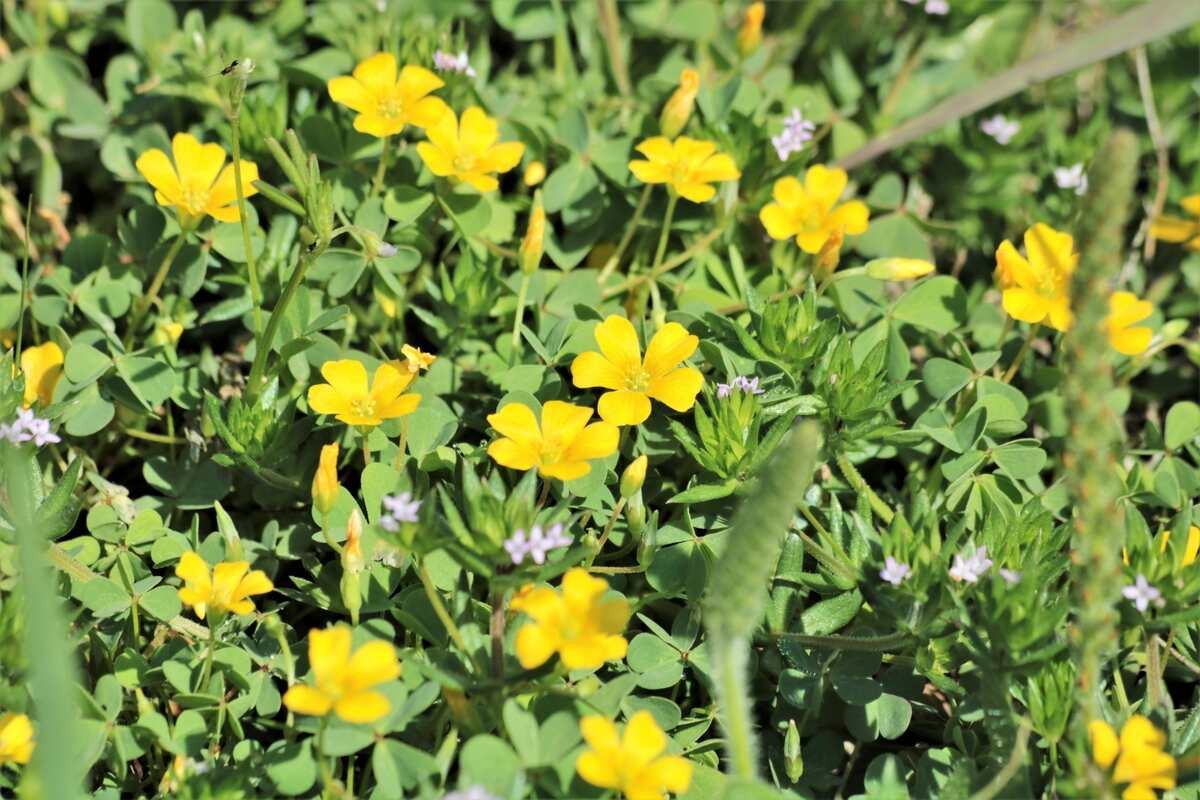

Landscaping Ideas
What Are The Yellow Flowers Called That Grow In Grass
Modified: May 6, 2024
Discover the beauty of landscaping with yellow flowers that grow in grass. Explore landscaping ideas to enhance your outdoor space with vibrant yellow blooms.
(Many of the links in this article redirect to a specific reviewed product. Your purchase of these products through affiliate links helps to generate commission for Storables.com, at no extra cost. Learn more)
**
Introduction
**
When strolling through a lush green meadow or a manicured lawn, it's not uncommon to encounter a mesmerizing sight – the vibrant blooms of yellow flowers peeking through the blades of grass. These flowers, often considered weeds by some, add a touch of natural beauty to the landscape. Their presence can transform an ordinary expanse of greenery into a visually captivating scene, evoking feelings of warmth and cheerfulness.
The yellow flowers that grow in grass are not only visually appealing but also play a vital role in the ecosystem. They provide nectar and pollen for bees and other pollinators, contributing to the health of local flora and fauna. Furthermore, these flowers can serve as indicators of soil health and environmental conditions, offering valuable insights to keen observers.
In this article, we will delve into the characteristics, common types, and benefits of yellow flowers in grass. Additionally, we will explore how to care for these flowers, allowing you to embrace their presence in your outdoor spaces. Whether you're a nature enthusiast, a landscaping aficionado, or simply someone who appreciates the beauty of the natural world, this exploration of yellow flowers in grass is sure to pique your interest and deepen your appreciation for these delightful blooms.
**
Key Takeaways:
- Embrace the vibrant beauty of yellow flowers in grass, which not only add visual appeal but also support pollinators and offer valuable insights into soil health and environmental conditions.
- By nurturing yellow flowers in grass through mindful care practices, individuals can create visually captivating and ecologically vibrant outdoor spaces that celebrate the interconnectedness and resilience of nature.
Characteristics of Yellow Flowers in Grass
**
Yellow flowers that grace the grassy landscapes exhibit a diverse array of characteristics that contribute to their allure and resilience. Understanding these traits can help enthusiasts and gardeners appreciate the unique qualities of these blooms and recognize their distinct features in various settings.
- Color and Shape: The most evident characteristic of yellow flowers in grass is, of course, their striking color. From sunny, buttery hues to deeper, golden tones, these flowers infuse the green expanse with bursts of warmth and vibrancy. Their shapes vary widely, ranging from dainty, daisy-like blooms to intricate, trumpet-shaped blossoms, adding a delightful visual diversity to the surroundings.
- Height and Growth Habit: Yellow flowers in grass can exhibit diverse growth habits, with some species standing tall and upright amidst the blades of grass, while others hug the ground, creating a carpet of golden blooms. This variation in height and growth habit contributes to the dynamic and multi-dimensional appeal of these flowers.
- Foliage and Texture: In addition to their blossoms, the foliage of these flowers also contributes to their overall appearance. Some species boast delicate, fern-like leaves, while others feature broad, lance-shaped foliage. The texture of the leaves can range from velvety soft to slightly fuzzy, further enhancing the tactile and visual interest they offer.
- Fragrance and Pollinator Attraction: Many yellow flowers in grass emit a subtle, sweet fragrance that adds an olfactory dimension to their presence. This fragrance, often appealing to bees, butterflies, and other pollinators, plays a crucial role in the reproductive cycle of these flowers and contributes to the overall biodiversity of the area.
These characteristics collectively contribute to the enchanting allure of yellow flowers in grass, making them a captivating and integral part of the natural landscape.
**
Common Types of Yellow Flowers in Grass
**
Yellow flowers that thrive within grassy areas encompass a diverse spectrum of species, each with its own unique attributes and ecological significance. From delicate wildflowers to robust perennial blooms, these plants contribute to the visual tapestry of meadows, lawns, and natural landscapes. Exploring some common types of yellow flowers in grass sheds light on the rich diversity and beauty found within these natural settings.
- Dandelion (Taraxacum officinale): Perhaps one of the most recognizable and ubiquitous yellow flowers in grass, the dandelion boasts a sunny yellow bloom and distinctive, toothed leaves. Despite being often dismissed as a weed, dandelions provide essential nectar for early pollinators and have been utilized for culinary and medicinal purposes for centuries.
- Buttercup (Ranunculus spp.): The buttercup family encompasses several species with bright yellow flowers that can be found nestled among grasses and along the edges of woodlands. These cheerful blooms, often with glossy petals, add a touch of radiance to grassy areas and are known for their preference for moist, well-drained soils.
- Bird’s-foot Trefoil (Lotus corniculatus): This low-growing perennial plant features clusters of vibrant yellow flowers that resemble tiny bird’s feet, hence its name. Bird’s-foot trefoil thrives in grassy habitats and is valued for its ability to enrich the soil with nitrogen, making it a beneficial component of meadows and pastures.
- Goldenrod (Solidago spp.): While often associated with late-summer and early-fall blooms, various species of goldenrod produce bright yellow flowers that stand out amidst grassy landscapes. These hardy perennials provide an important food source for pollinators and are celebrated for their resilience and ability to thrive in diverse environmental conditions.
These are just a few examples of the myriad yellow flowers that grace grassy expanses, each contributing to the ecological balance and visual splendor of their surroundings. From diminutive wildflowers to robust perennials, these blooms enrich the natural world in myriad ways.
**
The yellow flowers that grow in grass are often called “buttercups” or “dandelions.” These flowers are common in many grassy areas and can add a pop of color to the landscape.
Benefits of Yellow Flowers in Grass
**
The presence of yellow flowers within grassy landscapes offers a range of benefits that extend beyond their visual appeal. These blooms play a crucial role in supporting local ecosystems, contributing to the well-being of pollinators, and adding depth to the natural tapestry of outdoor spaces. Understanding the diverse benefits of yellow flowers in grass can foster a deeper appreciation for their presence and ecological significance.
- Pollinator Support: Yellow flowers in grass serve as vital food sources for bees, butterflies, and other pollinators, offering nectar and pollen that sustain these essential creatures. By providing sustenance for pollinators, these blooms contribute to the health and diversity of local flora and the broader ecosystem, playing a pivotal role in the pollination of flowering plants.
- Soil Health Indicators: Certain species of yellow flowers in grass, such as dandelions, can serve as indicators of soil health and composition. Their presence may signal specific soil conditions, such as compacted soil or nutrient imbalances, offering valuable insights for gardeners and land managers seeking to understand and improve the quality of the land.
- Visual Diversity: The vibrant yellow blooms that emerge within grassy areas add a captivating visual dimension to the landscape, breaking up expanses of greenery with bursts of color and texture. This visual diversity enhances the aesthetic appeal of outdoor spaces, creating dynamic and inviting environments for both humans and wildlife.
- Erosion Control: In some cases, yellow flowers in grass, particularly those with robust root systems, can contribute to erosion control. Their extensive root networks help stabilize the soil, reducing the risk of erosion in areas prone to runoff and soil displacement.
These benefits underscore the valuable contributions of yellow flowers in grass, highlighting their role in supporting biodiversity, soil health, and the overall visual richness of natural landscapes. By recognizing and nurturing these benefits, individuals can cultivate a deeper appreciation for the ecological significance of these vibrant blooms.
**
How to Care for Yellow Flowers in Grass
**
While yellow flowers in grass often thrive in natural settings with minimal intervention, there are several considerations for those seeking to maintain and enhance the presence of these vibrant blooms in their outdoor spaces. Whether integrated into a meadow, lawn, or garden, caring for yellow flowers in grass involves mindful practices that support their health and ecological value.
- Mowing Practices: When cultivating areas where yellow flowers grow, adjusting mowing practices can help preserve their presence. Allowing certain sections to grow taller or designating specific areas as wildflower meadows can provide conducive habitats for these blooms, allowing them to flourish amidst the grasses.
- Soil Health: Prioritizing soil health through organic amendments, proper drainage, and minimal compaction can benefit the overall vigor of yellow flowers in grass. Healthy, nutrient-rich soil supports robust growth and enhances the resilience of these blooms, ensuring their long-term presence in the landscape.
- Integrated Pest Management: Implementing integrated pest management practices can help mitigate potential threats to yellow flowers in grass, such as invasive species or pest infestations. By fostering a balanced ecosystem and minimizing the use of harmful chemicals, the natural balance of these habitats can be preserved.
- Pollinator Support: To further promote the well-being of yellow flowers and the broader ecosystem, cultivating a pollinator-friendly environment can be beneficial. This can involve incorporating a diverse array of flowering plants to provide sustained nectar sources for pollinators, supporting the health and vitality of the local ecosystem.
By embracing these care practices, individuals can nurture the presence of yellow flowers in grass, fostering landscapes that are not only visually captivating but also ecologically vibrant and sustainable. Through thoughtful stewardship, these vibrant blooms can continue to enrich outdoor spaces and contribute to the well-being of the natural world.
**
Read more: What Is The Grass On The Beach Called
Conclusion
**
The enchanting presence of yellow flowers within grassy landscapes offers a captivating tapestry of color, ecological significance, and natural beauty. From the cheerful blooms of dandelions to the delicate radiance of buttercups, these vibrant flowers contribute to the visual richness and biodiversity of outdoor spaces, enriching the lives of humans and wildlife alike.
By understanding the characteristics, common types, and benefits of yellow flowers in grass, individuals can gain a deeper appreciation for these blooms and the vital role they play in supporting local ecosystems. Their presence serves as a testament to the resilience and diversity of nature, offering valuable insights into the health of the land and the intricate web of life that thrives within it.
As stewards of the natural world, embracing mindful care practices for yellow flowers in grass can further enhance their presence, ensuring that these vibrant blooms continue to grace our landscapes for generations to come. By nurturing the soil, supporting pollinators, and fostering environments that celebrate the beauty of these flowers, individuals can cultivate outdoor spaces that are not only visually captivating but also ecologically vibrant and sustainable.
In essence, the presence of yellow flowers in grass is a celebration of the interconnectedness of life, a testament to the resilience and beauty of the natural world, and a reminder of the profound impact that even the smallest blooms can have on the tapestry of our shared ecosystems. Embracing their presence enriches our lives and deepens our connection to the wondrous world of nature that surrounds us.
If you've enjoyed learning about yellow flowers that pop up in your grass, you're likely keen on further sprucing up your garden. Why not consider different types of barriers to keep unwanted visitors out while adding style to your outdoor space? Our guide on unique garden fence ideas offers creative options to make any yard stand out. Or, if landscaping is more your vibe, we have plenty of ideas to transform your space into a stunning outdoor haven that neighbors will envy. Get ready to turn your garden into a dreamy landscape today!
Frequently Asked Questions about What Are The Yellow Flowers Called That Grow In Grass
Was this page helpful?
At Storables.com, we guarantee accurate and reliable information. Our content, validated by Expert Board Contributors, is crafted following stringent Editorial Policies. We're committed to providing you with well-researched, expert-backed insights for all your informational needs.
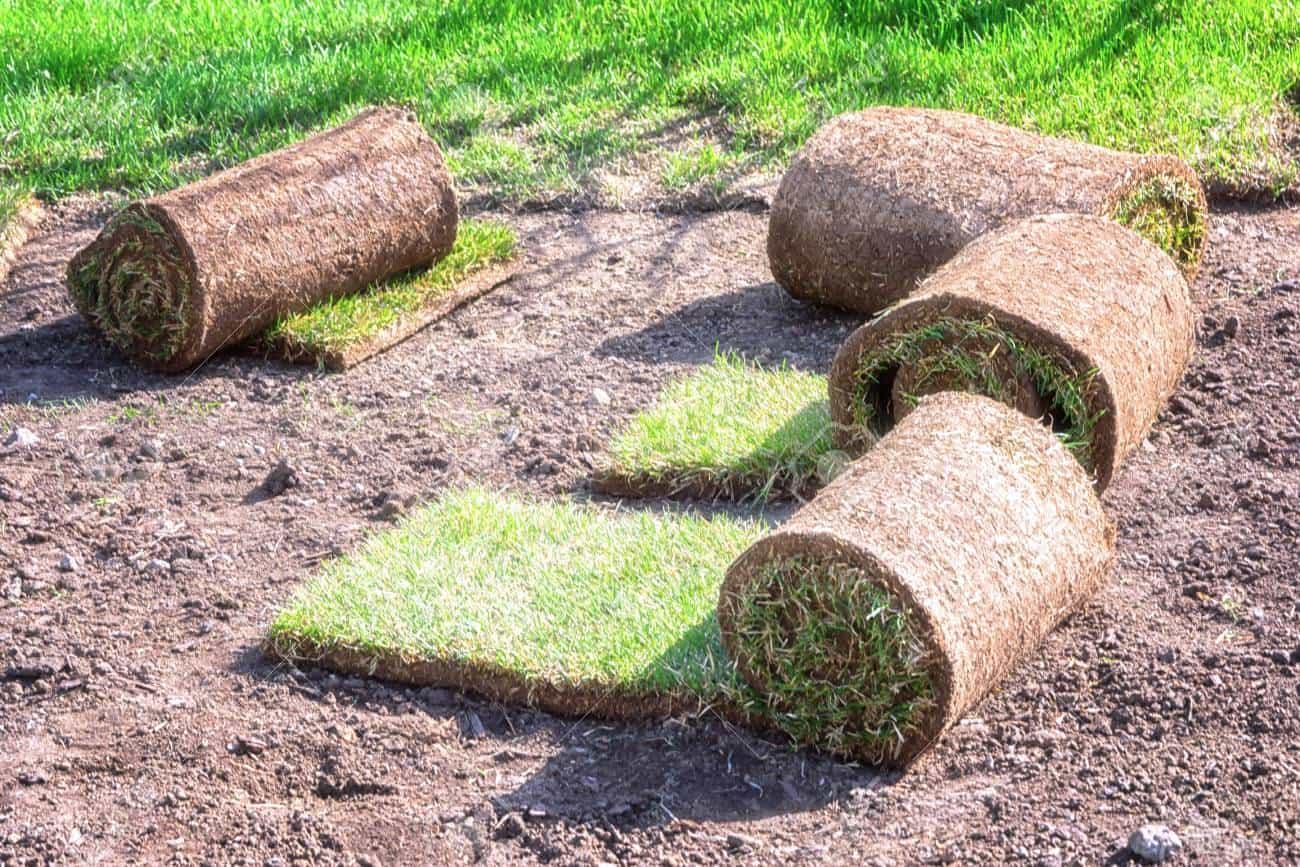

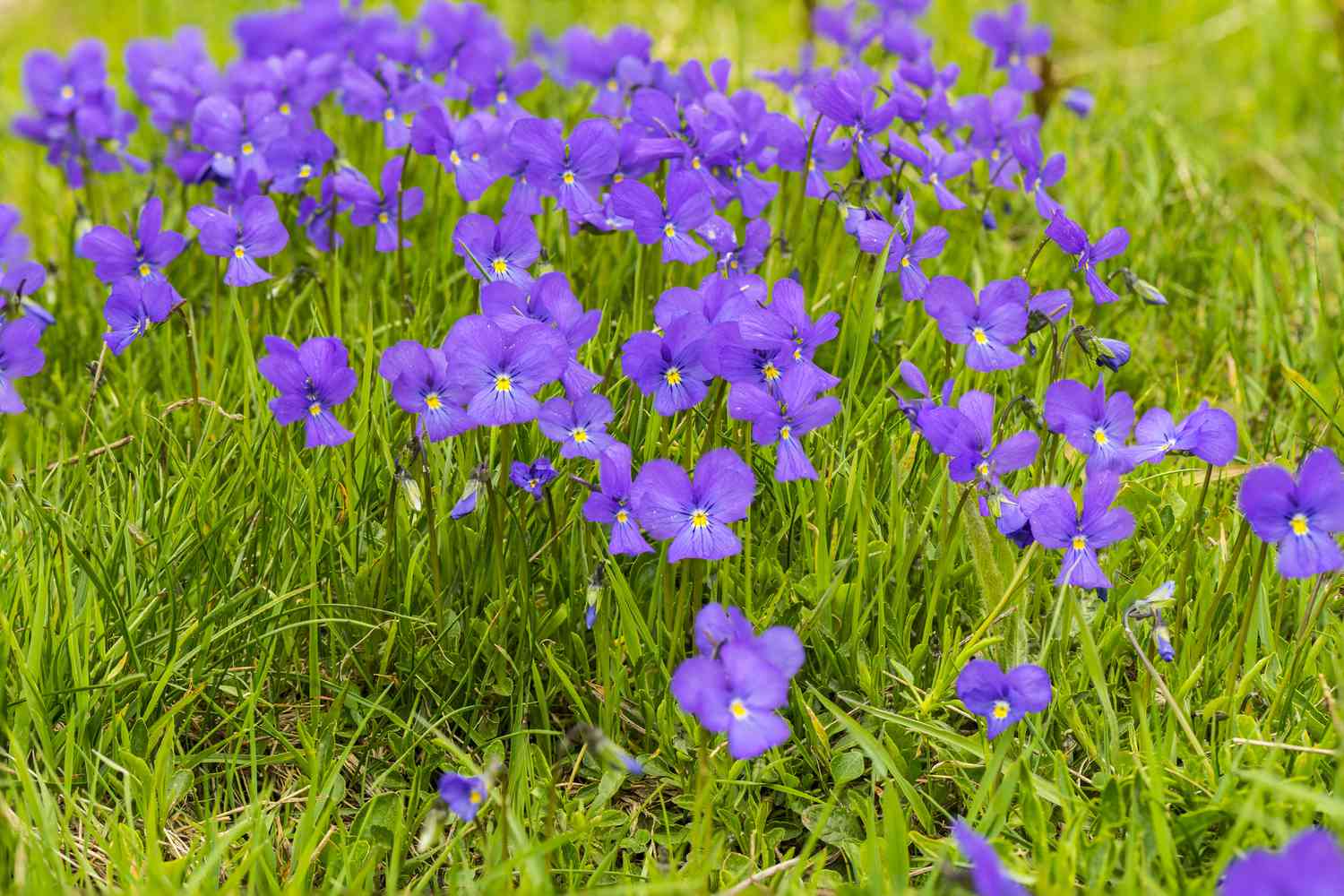
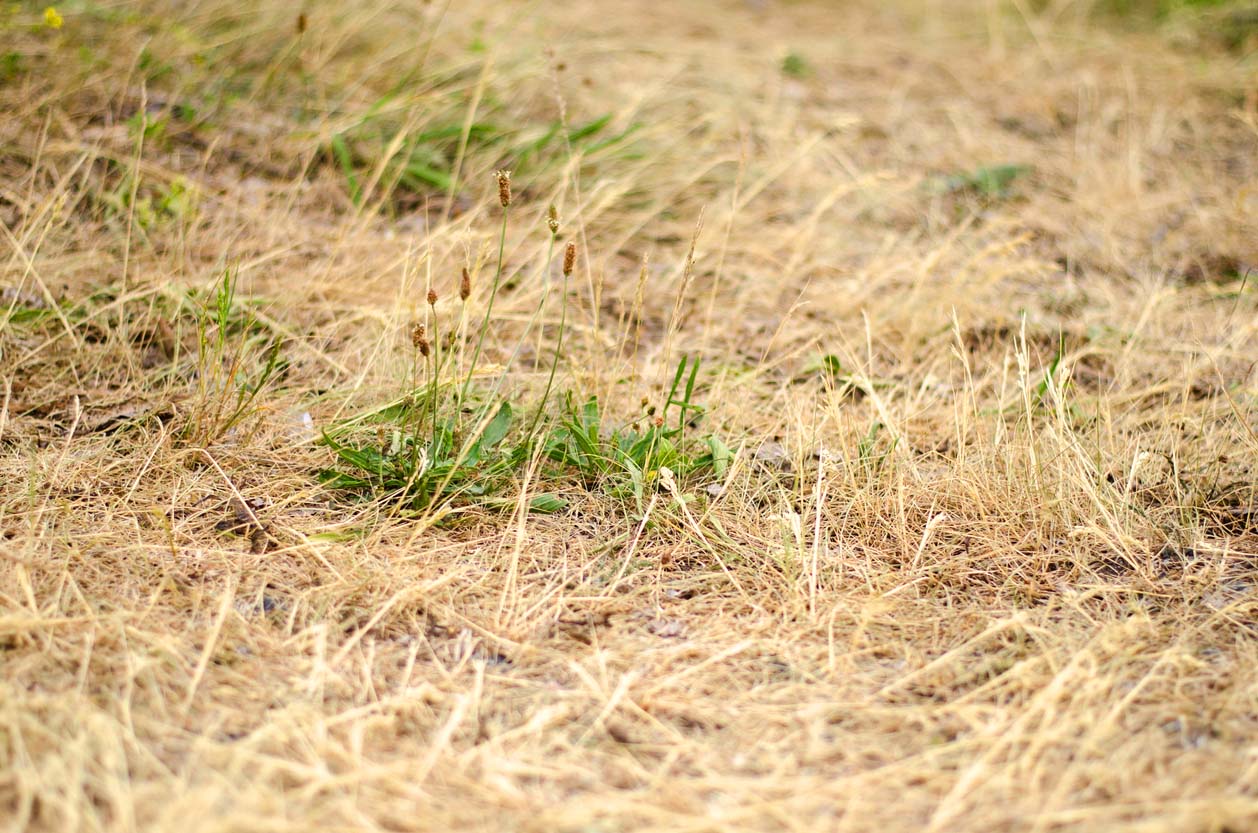
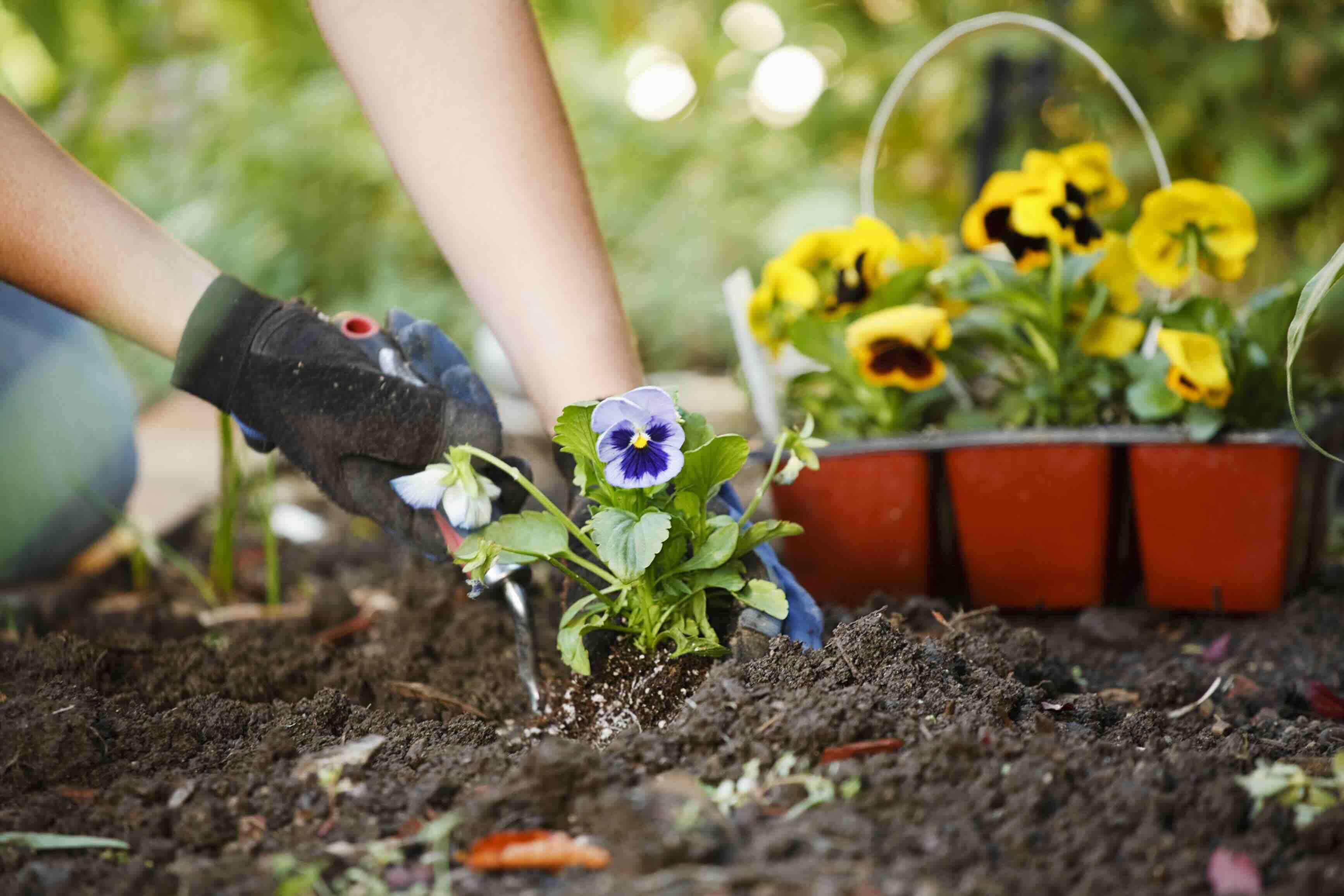
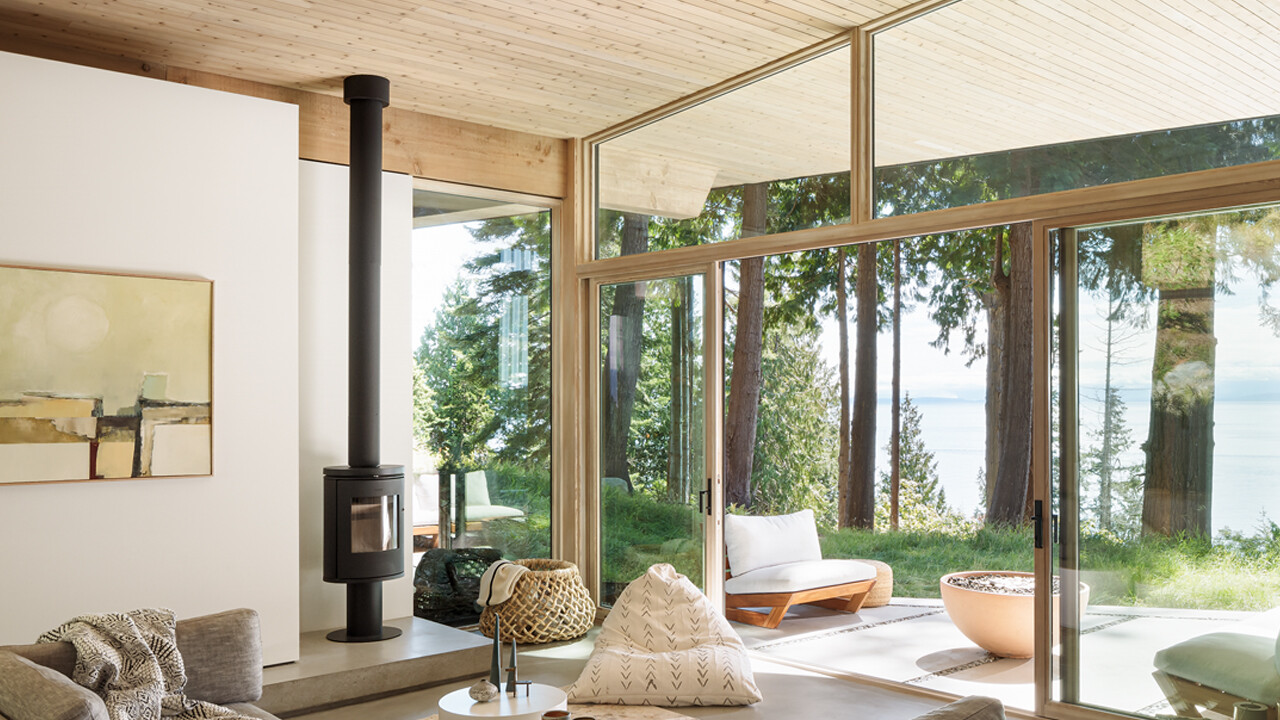

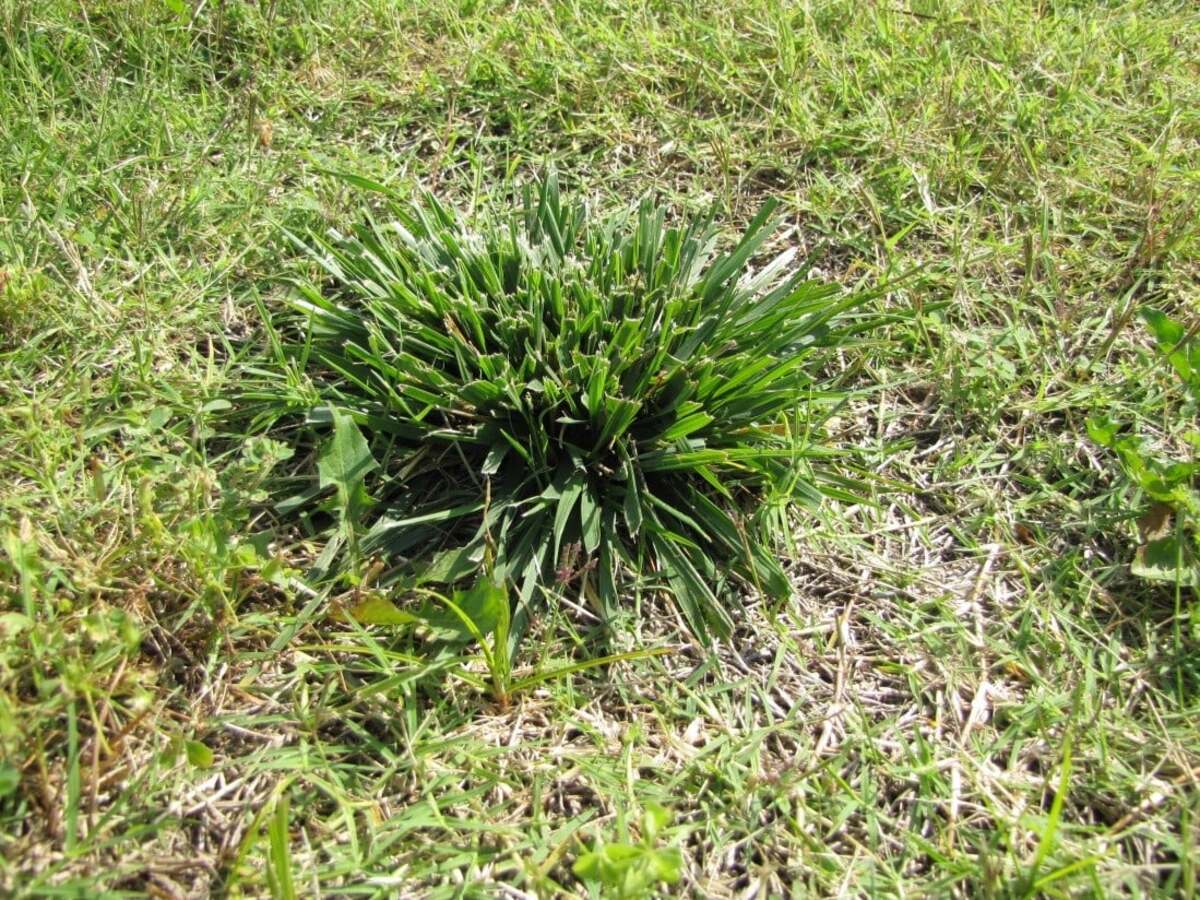

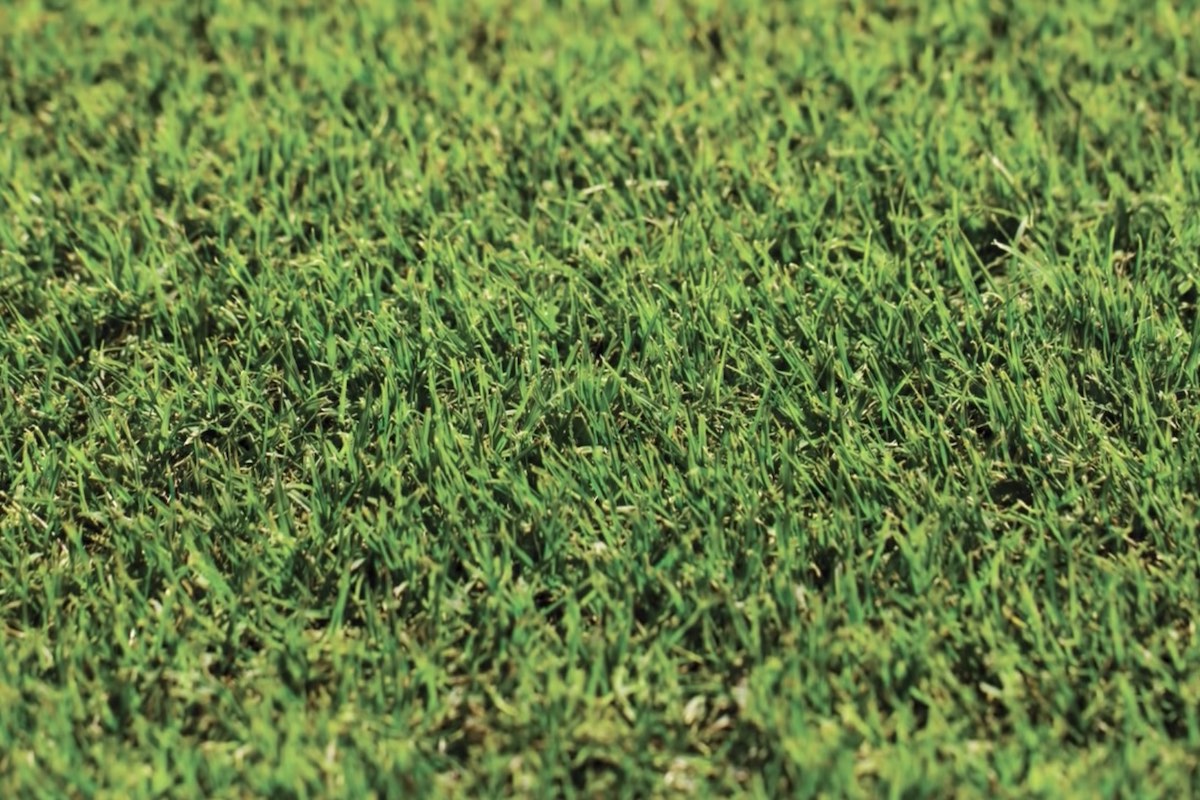
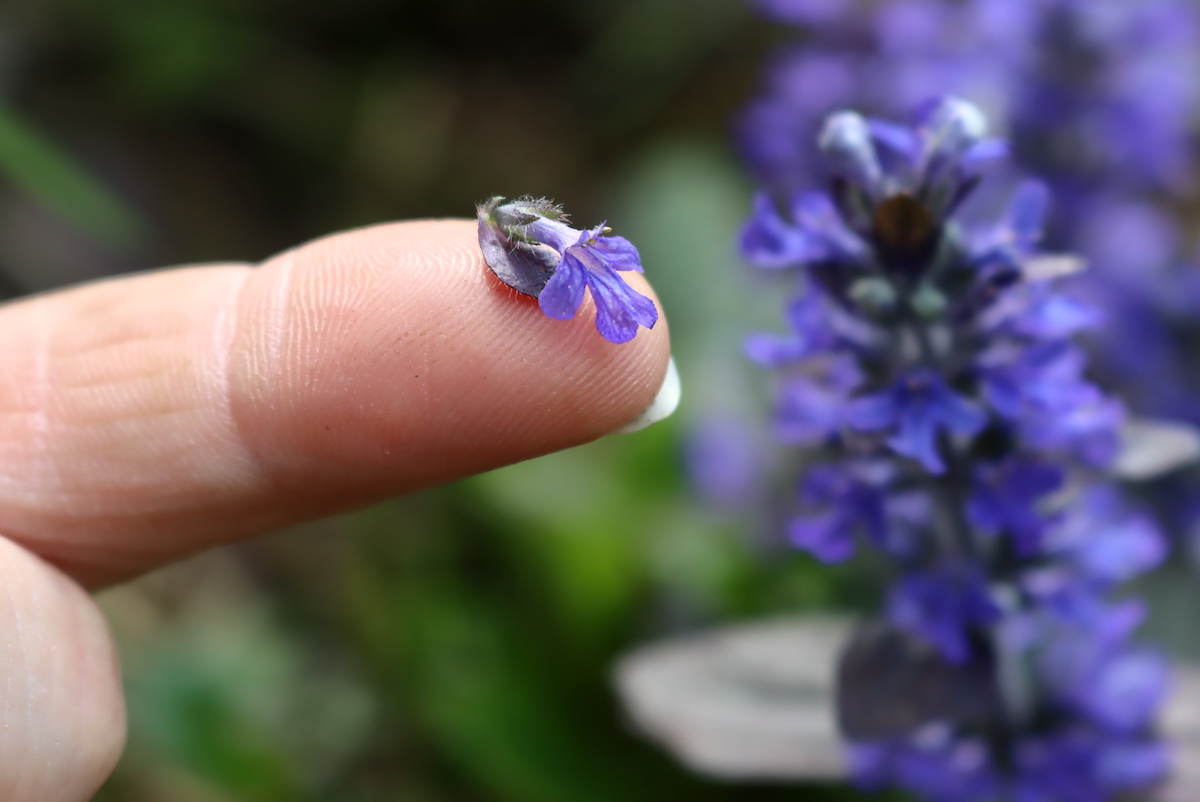
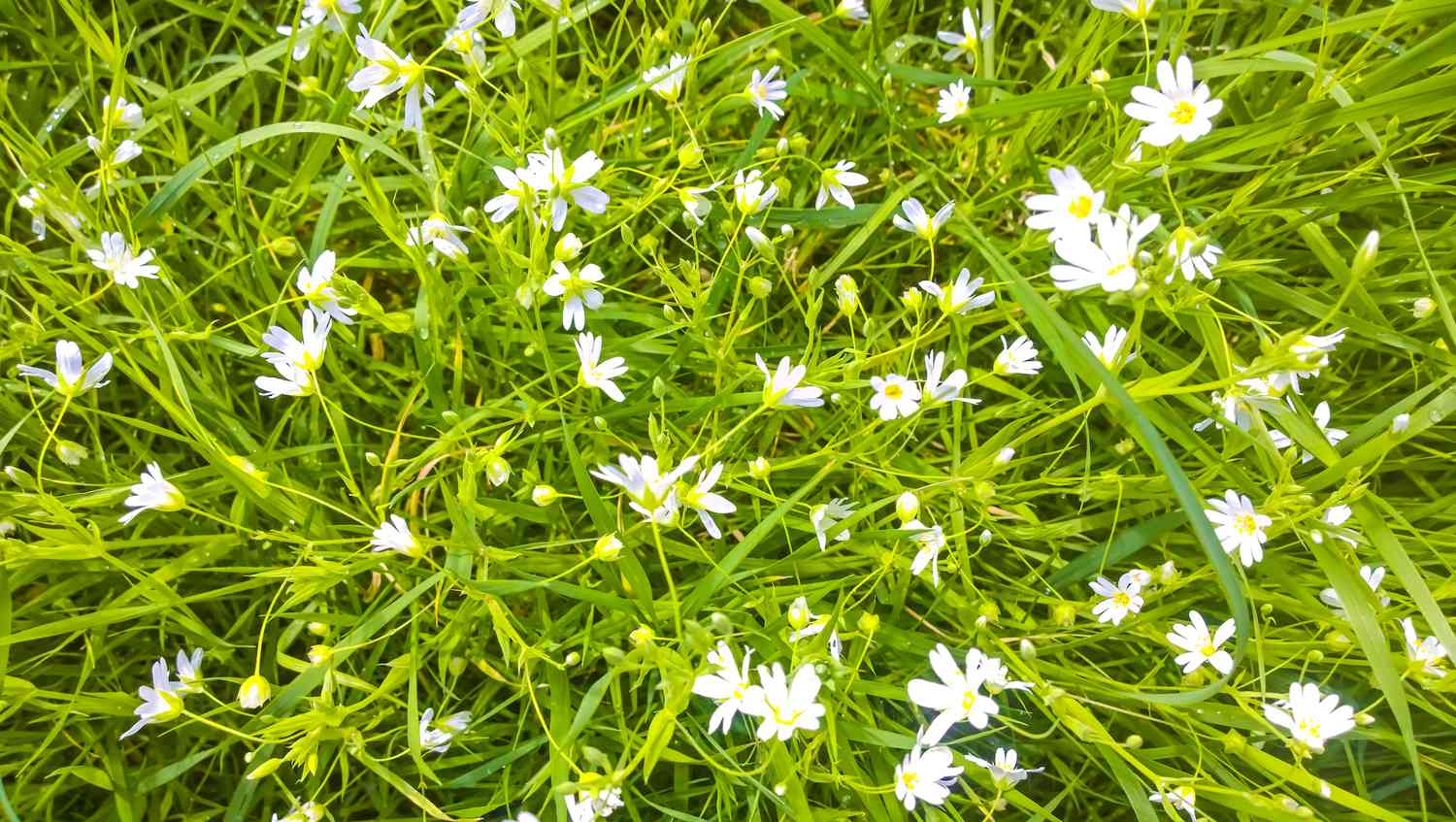
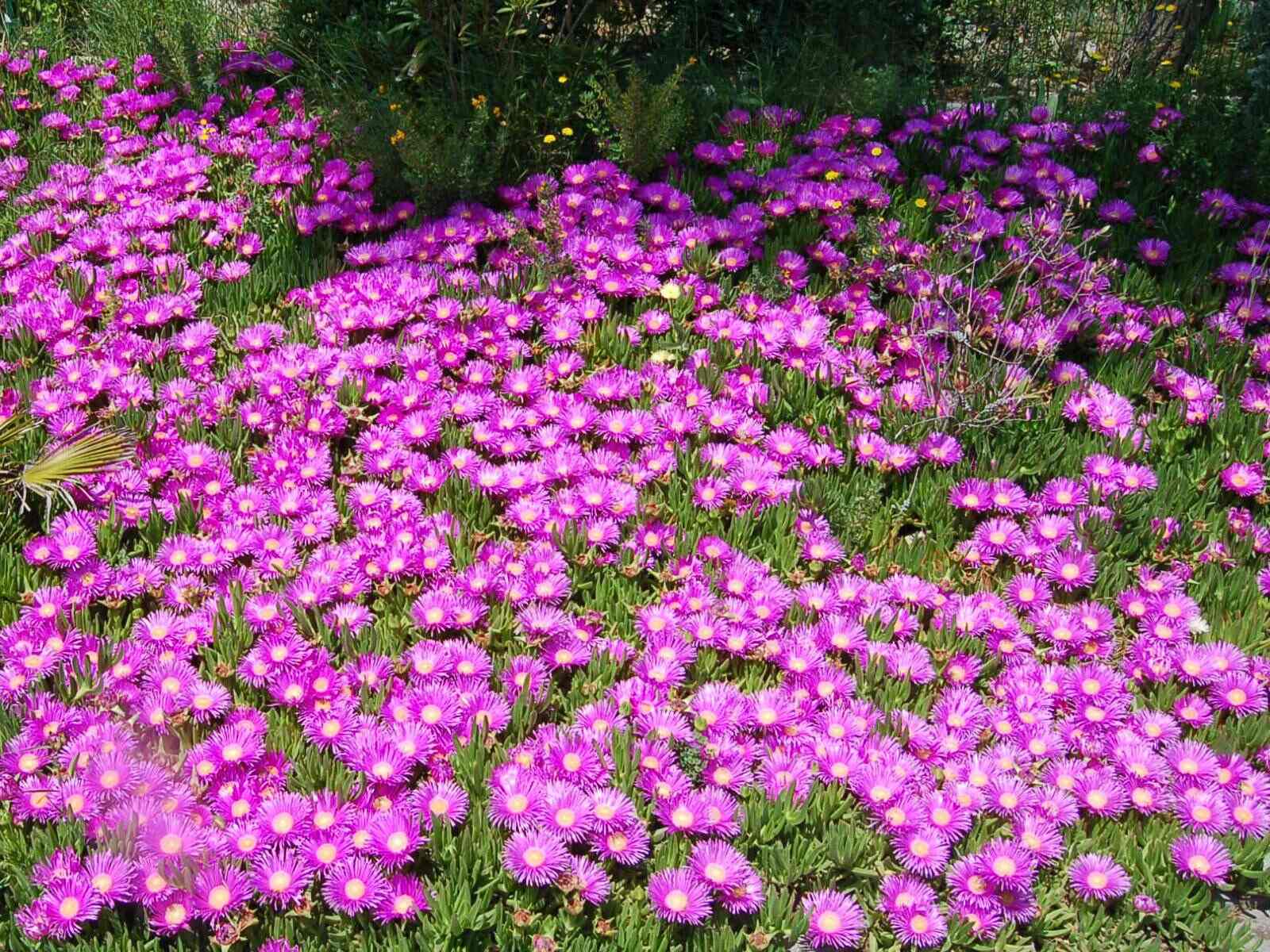


0 thoughts on “What Are The Yellow Flowers Called That Grow In Grass”